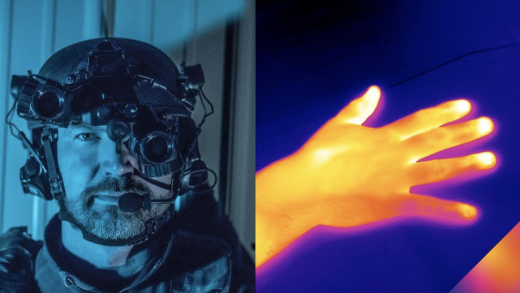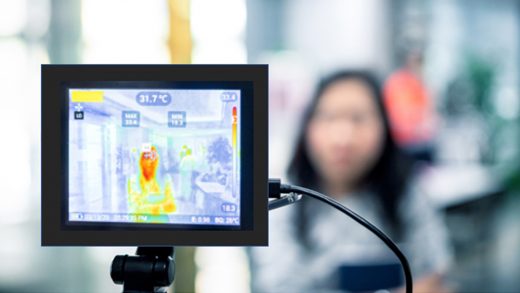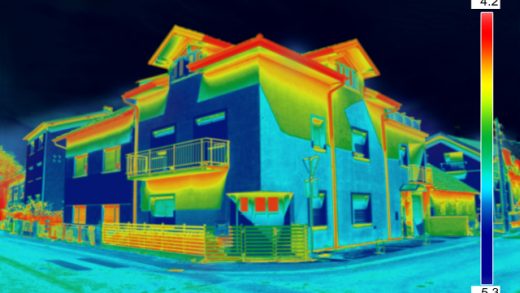Bird watching, an age-old pastime that weaves patience with the beauty of aviary observation, has remained a cherished activity for nature lovers and wildlife photographers alike. Today, the tools and techniques that birding enthusiasts employ have significantly evolved. One of the most exciting technological advances is the integration of thermal imaging in birding scopes. This article takes an in-depth look at how thermal imaging has revolutionized bird watching and why a birding scope is an instrumental addition to any birder’s gear.
Introduction to Bird Watching and Its Popularity
Bird watching, or birding, has soared in popularity due to its accessibility and the intimate connection it provides with the natural world. From backyard bird feeders to exotic bird expeditions, enthusiasts of all levels revel in the joy of spotting and identifying various bird species. The rise in birding’s popularity has even sparked global events like the Big Year, where birders compete to tally the most bird species sightings within a calendar year.
The Evolution of Birding Scopes
Historically, birding scopes—or spotting scopes—were relatively simple optical instruments designed to magnify distant birds for better viewing and identification. However, as technology advanced, so did the capabilities of these devices. Modern scopes now feature incredible zoom functions, high-resolution optics, portability, and even smartphone adaptability. Integration with cameras has transformed birding into a multifaceted hobby that combines observation with photography.
Understanding How Thermal Imaging Works in Birding Scopes
Thermal imaging represents a quantum leap in birding technology. Unlike traditional scopes that rely on visible light, thermal scopes detect heat (infrared energy) emitted by all living creatures. This technology renders bird outlines as heat signatures against the cooler background, dramatically enhancing detection, especially in low-visibility conditions such as fog, dense vegetation, or during nighttime.
The core component of the thermal imaging system in a birding scope is the microbolometer—a sensor that detects temperature differences as small as a fraction of a degree. With sophisticated algorithms, these variations are translated into electronic impulses that produce an image on the scope’s display.
Advantages of Using a Birding Scope with Thermal Imaging
Using a birding scope equipped with thermal imaging offers numerous advantages for bird watchers:
- Improved Detection: Thermal scopes excel in spotting camouflaged or hidden birds, revealing species that might otherwise remain unnoticed.
- Extended Observation Time: Thermal scopes facilitate bird watching from dusk till dawn, not limited to daylight hours.
- Enhanced Identification: While the thermal scope may not convey the color of plumage, the shape and behavior patterns detected through heat allow experienced birders to accurately identify different species.
- Environmental Awareness: Thermal imaging can help observe birds without disturbing them, as there is no need to get close or shine lights.
- Safety in Remote Areas: The ability to see clearly in low light or murky environments makes birding safer for those exploring remote habitats.
Tips for Enhancing Bird Watching Experience with a Birding Scope
To maximize the benefits of a birding scope with thermal imaging, consider these tips:
- Research Before Purchase: Invest in a thermal birding scope that fits your specific birding activities, considering factors like range, image quality, battery life, and ease of use.
- Practice Makes Perfect: Familiarize yourself with interpreting thermal images. Spend time learning to distinguish the subtle heat patterns of different bird species.
- Record Your Observations: Many thermal scopes offer image or video capture. Use this feature to document sightings and share your experiences with the birding community.
- Top Places to Visit: Apply the enhanced capabilities of your thermal birding scope by visiting diverse habitats like wetlands, forests, or coastal regions, where bird activity is prolific, and the advantage of thermal imaging can be fully utilized.
- Attend Workshops or Join Groups: Connecting with fellow birders can provide invaluable tips and the opportunity to try different models before making a purchase.
Conclusion on the Future of Birding Scopes and Bird Watching
The integration of thermal imaging into birding scopes is not only a testament to the relentless pace of innovation but also a bridge towards deeper engagement with the seldom-seen nocturnal avian world. It’s an exciting era for birders who are now equipped to explore new frontiers in the wilderness.
The future of birding scopes points towards greater refinement in thermal imaging, incorporating technologies like augmented reality for information overlay, AI for automatic species identification, and enhanced connectivity for community sharing. These advancements, promising to enrich the birding experience furthermore, await on the horizon.
Above all, the fusion of technology and passion preserves the primal thrill of discovery that bird watching has to offer—an everlasting reminder that sometimes, looking up can provide the greatest sights to behold.


